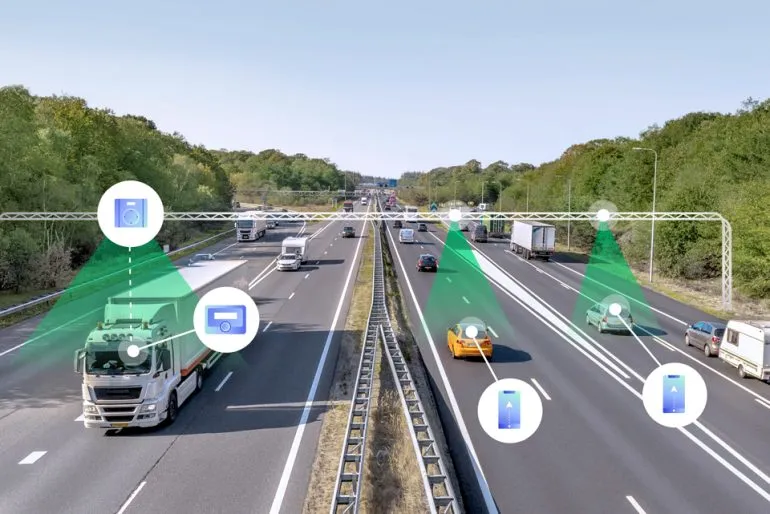Font size:
Print
2024 Annual Status of Education Report (ASER)
Context:
The Annual Status of Education Report (Rural) 2024, released by Pratham, provides crucial insights into basic learning levels, school attendance, and digital literacy among rural children in India.
More on News
Covering 6,49,491 children across 17,997 villages in 605 rural districts, the survey highlights notable improvements in early childhood education, foundational literacy, and numeracy skills post-COVID-19 learning losses.
Key Findings on Learning Levels (2024)
- Improvement in Reading and Arithmetic Levels:
-
-
- Reading and arithmetic skills have improved across all elementary grades (ages 6-14 years).
- Children in Classes 1 to 3 showed significant gains compared to 2022.
- Early childhood education (ages 3-6) saw higher enrollment, with 77.4% of 3-year-olds in rural areas enrolled in pre-primary institutions (LKG/UKG/Anganwadis/others).
-
-
Impact of National Education Policy (NEP) 2020:
-
- NEP expanded early childhood education (ECCE) and emphasised universal Foundational Literacy and Numeracy (FLN).
- NIPUN Bharat (launched in 2021) aims for universal FLN by Class 3 (age 8) by 2026-27.
- 83% of schools reported receiving government directives to implement FLN activities.
- 78% of schools had at least one teacher trained in FLN, while 75% received learning materials.
Early Childhood Care and Education (ECCE): Need for Focus
- Importance of ECCE for School Readiness:
-
-
- The NEP recommends Class 1 enrollment at age six, ensuring children are cognitively and socially prepared for formal schooling.
- ECCE helps prepare children and their families for school while strengthening early childhood education structures.
-
- Role of Anganwadis in Early Education:
-
- More than one-third of children aged 3-5 attend Anganwadis.
- Anganwadi workers are now receiving specialised training in early childhood education.
- In states like Himachal Pradesh and Punjab, there is a shift towards pre-primary classes in schools.
- Rajasthan has seen an increase in 5-year-olds enrolling in both Anganwadis and private LKG/UKG classes.
- Anganwadis also offer direct parent-child engagement, making them crucial for holistic child development.
Impact of NIPUN Bharat
- Launched in 2021, NIPUN Bharat aims to enhance literacy and numeracy in the early grades and has become a driving force behind these positive changes.
- The program allocates Rs 500 per child for teaching-learning materials (TLM) to support engaging lessons.
- Teachers receive capacity-building workshops with state-specific funding of up to Rs 5,000 per teacher for professional development.
- State-level support includes funding (Rs 10-20 lakh) for comprehensive assessments and tracking learning outcomes, while Project Management Units (Rs 25 lakh to Rs 1 crore) help with implementation.
- Improvements in Learning Outcomes:
- UP saw a 10% increase in Grade III students’ ability to read Grade II texts (from 24% to 34%) and solve subtraction problems (from 29% to 41%) between 2022 and 2024.
- Odisha‘s use of contextualised workbooks has led to similar improvements.
Digital Literacy and Older Children (Ages 15-16)
- School Enrollment and Dropout Trends: The percentage of children not enrolled in school has dropped to around 7%.
- Digital Access and Skills: Over 90% of rural adolescents have access to a smartphone. Digital literacy was assessed through tasks like online searches and setting alarms.
- Gender gaps exist: 80.1% of boys (14-16 years) could browse for information, compared to 78.6% of girls. In some southern states, girls performed equally or better than boys in digital literacy.
Future Outlook for ECCE and Learning Reforms
- Need for More Comprehensive Data: ASER and UDISE provide useful data, but continuous data collection is required for better planning.
- Budget and Teacher Recruitment for ECCE: NEP recommends recruiting teachers trained in ECCE pedagogy.
- Education departments must plan long-term budget allocations for teacher training and recruitment. Anganwadis need additional resources to strengthen the early childhood education component alongside health and nutrition services.
- Call for Extending NIPUN Bharat: To sustain and expand these gains, NIPUN Bharat’s timeline should be extended until 2030.
- NIPUN 2.0 should focus on bridging the gap between Grades III-V, ensuring that foundational skills are built upon for higher-order learning.
- Include a stronger focus on Early Childhood Education (ECE) to set children up for success even before they enter primary school.
ASER Overview
- ASER Centre employs simple yet rigorous methods to generate large-scale evidence on the impact of social sector programs and policies, primarily in education.
- Established in January 2008 as an independent unit within Pratham, it builds on Pratham’s experience in enhancing reading and arithmetic skills among children.
- The Centre not only generates and disseminates evidence but also strengthens the link between evidence and action by building the capacity of individuals and institutions.


